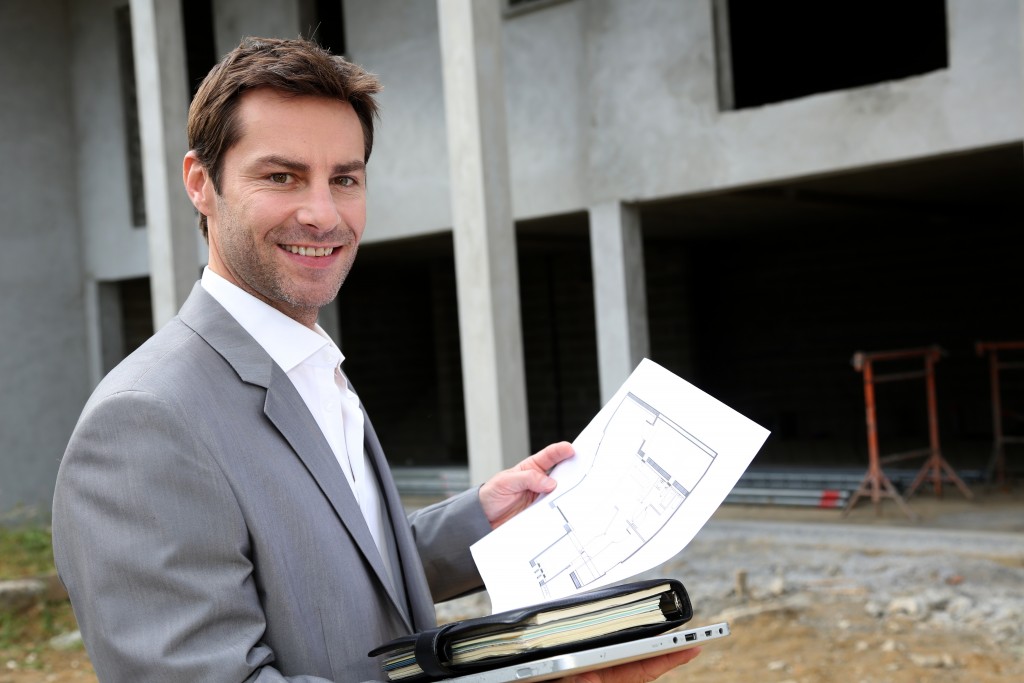The quality and maintenance of commercial roofing is crucial to the overall health of a building. Business owners often overlook the importance of a well-maintained roof, focusing more on interior issues. In this article, we will examine the common roofing problems encountered by commercial buildings and offer effective solutions to mitigate these issues.
By understanding these problems, building managers can prioritize regular maintenance routines to ensure long-term success and structural integrity.
Why Do Commercial Roofs Leak?
Poor Installation Practices
Improper installation is a significant cause of roof leaks in commercial buildings. Inexperienced contractors may overlook essential elements such as proper sealing and alignment. Choosing professional contractors with a solid track record ensures quality workmanship and reduces leak risks. This selection process includes verifying references and examining past project outcomes, especially for similar building types.
A poorly installed roof not only leads to leaks but also shortens the overall lifespan of the roofing system. Building owners must invest in qualified professionals who adhere to industry standards. Conducting thorough research before hiring contractors can significantly reduce potential leak problems in the future.
Moreover, contractors must understand the specific needs of each roof type, applying appropriate materials and techniques. Utilizing the wrong materials can exacerbate leak problems, especially under adverse weather conditions. To ensure optimal installation, building managers should demand a comprehensive plan from contractors before work begins.
Regular Maintenance and Inspections
Routine inspections and maintenance are key to preventing leaks and extending the lifespan of a commercial roof. Regular maintenance includes checking for wear and tear, cleaning debris, and ensuring proper water drainage. Scheduled inspections can catch potential problems early, allowing for timely and cost-effective repairs.
Ignoring regular maintenance can result in cumulative damage that is both expensive and time-consuming to repair. Inspections should be scheduled at least twice a year, particularly before and after extreme weather seasons. A well-documented maintenance schedule offers building owners peace of mind and extends the functionality of their roofing systems.
Furthermore, hiring experienced professionals for maintenance tasks ensures that all issues are properly addressed. Such experts can provide insights and recommendations based on years of experience, preventing small issues from escalating. By leveraging professional guidance, business owners can protect their investments and avoid the pitfalls of inadequate roof care.
What Causes Roof Membrane Damage?
Weather Extremes
Harsh weather conditions, including hail, heavy rain, and extreme temperatures, can significantly damage roofing membranes. Hail storms initiate physical damage, leaving dents and punctures that compromise membrane integrity. Constant exposure to sunlight and high temperatures causes material degradation and reduces flexibility.
The expansion and contraction under varying temperatures can lead to cracks and splits, weakening the membrane’s protective function. It is crucial to invest in durable membrane materials designed to withstand local weather conditions. Implementing protective measures such as reflective coatings can also mitigate weather-induced damage.
Foot Traffic and Misuse
Excessive foot traffic and improper use can lead to significant damage to roof membranes. Commercial roofs are often used to house equipment or for maintenance activities, increasing traffic and potential wear. Limiting unnecessary foot traffic by defining walkways can help protect the membrane.
Utilizing protective pads around commonly accessed areas ensures the longevity of the roofing surface. Regular training for personnel who access the roof can prevent damage caused by improper footwork or equipment placement. Designated points for equipment placement also reduce misuse and associated damage.
How Does Poor Drainage Affect Roof Health?
Ponding Water Problems
Ponding water is a common issue on commercial roofs that affects long-term health and structural soundness. Standing water increases the weight burden, accelerating wear and leading to leaks. To prevent ponding, building owners should ensure drainage systems are optimized for quick water evacuation.
Regular inspections and professional assessments help identify potential drainage inefficiencies, allowing for timely intervention. Solutions like tapered insulation and properly sloped roof designs can enhance water movement, averting accumulation. Installing additional drains and scuppers can also improve existing drainage systems.
Implementing solutions such as green roofs not only aids in drainage but also offers environmental benefits. Such systems naturally absorb rainwater, decreasing the volume of water to be drained. Innovative methods like these allow building managers to sustainably address water-related problems.
Clogged Drains and Gutters
Clogged drains and gutters are major contributors to poor roof drainage and subsequent health issues. Debris such as leaves and dirt frequently accumulate, leading to blockages and water overflow. Scheduling regular cleaning and inspections of these components can effectively maintain their functionality.
Proactively installing gutter guards deters debris collection and minimizes clogging risks. Additionally, ensuring proper slope and alignment of gutters prevents water backflow and enhances flow efficiency. By keeping gutters and drains clear, building owners can significantly reduce potential water damage.
By taking proactive measures, building owners can avoid costly repairs and ensure the longevity of their roofing systems. Contracting skilled professionals and implementing strategic maintenance schedules offer reliable protection against common roofing issues. The roof, often viewed as a mere structural component, is a pivotal part of a building’s health, necessitating sustained attention and care.



